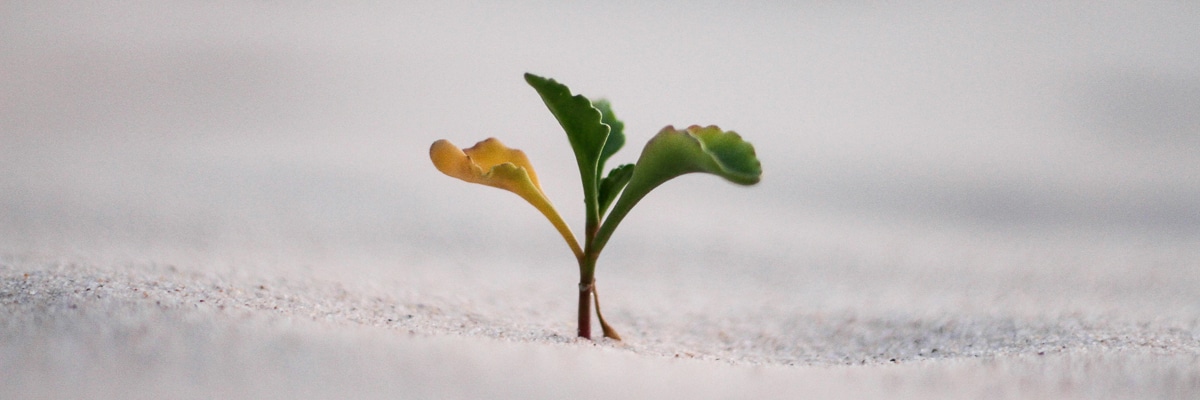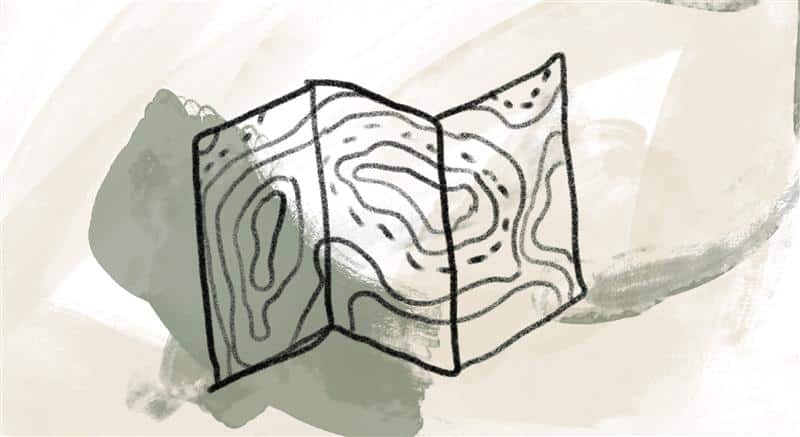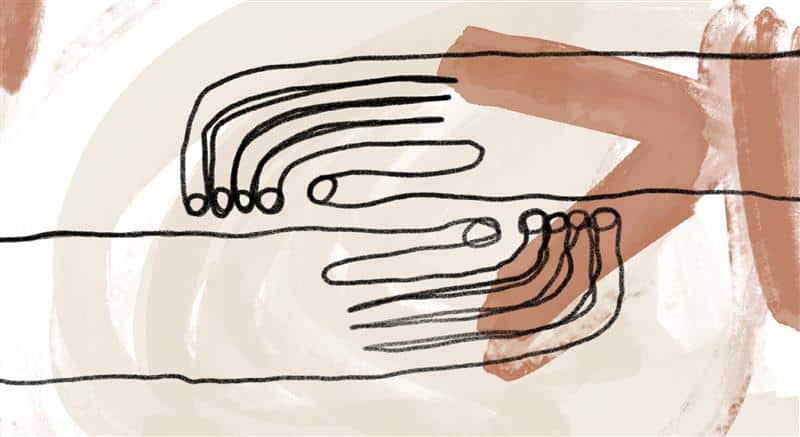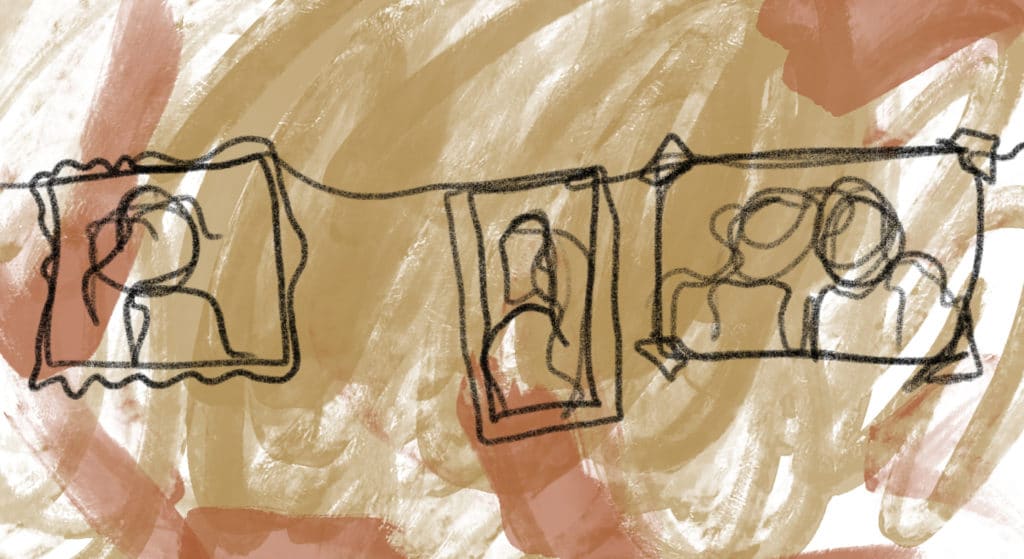
Richard Rohr uses the framework of the “hero’s journey” to describe the path of spiritual transformation. He points to The Odyssey as a powerful metaphor:
The universe story and the human story are a play of forces rational and nonrational, conscious and unconscious, involving fate and fortune, nature and nurture. Forces of good and evil play out their tragedies and their graces—leading us to catastrophes, backtracking, mutations, transgressions, regroupings, enmities, failures, mistakes, and impossible dilemmas. The Greek word for tragedy means “goat story.” The Odyssey is a primal goat story, where poor Odysseus keeps going forward and backward, up and down—but mostly down—all the way home to Ithaca. [1]
The hero’s journey is a key myth that keeps repeating in different cultures. I learned about it from mythologist Joseph Campbell. The hero or heroine—the gender really doesn’t matter—must leave home or business as usual. They have to leave what feels like sufficiency or enoughness. There is a sense of necessity in discovering the bigger world. We’ve got to know there’s a bigger world than my home state of Kansas, or wherever we’re from. In The Wizard of Oz, Dorothy has to leave Kansas—and she’s taken away by a tornado. We usually don’t leave home willingly. More often than not, we’re taken there by some circumstance, shipwreck, accident, death, or suffering of some sort. That’s called the departure. The hero has to lose or walk away from their sense of order and enter some kind of disorder.
Then there’s the encounter. After the hero leaves their castle or their stable home, they have to experience something bigger, something better, something that is more real and more demanding of their real energies. Of course, that takes different forms. In the Gospels, after his baptism, Jesus goes into the desert for forty days.
Surprisingly, the third stage of the hero’s journey is the return. The hero’s journey is not to just keep going to new places, making the trip a vacation or travelogue. We have to return to where we started and know it in a new way and do life in a new way. We are not somehow “beyond” the order and disorder of our lives; we’ve learned how to integrate both of them. This stage of return is so rarely taught. What is good about the order, what is good about the disorder, and how do we put them together? That is the “reorder” or the return.
We have the departure, then we have the encounter, which will always lead to some kind of descent away from status, away from security, away from ascent. Eventually something happens, something gets transformed, and then there’s the return. [2]
References:
[1] Adapted from Richard Rohr, Falling Upward: A Spirituality for the Two Halves of Life, rev. ed. (San Francisco, CA: Jossey-Bass, 2024), 36.
[2] Adapted from Richard Rohr, Falling Upward: Life as a Spiritual Journey (Albuquerque, NM: Center for Action and Contemplation, 2020–), online course.
Image credit: Jeremy Bishop, Untitled (detail), Australia, 2016, photograph, public domain. Click here to enlarge image.
The desert and the new sprout of spring green are part of the journey.
Story from Our Community:
I am part of a group of 6 friends who have started our own “journey” within the mystery of God. Fr. Richard’s Daily Meditations and CAC’s podcasts are beautiful guides as each of us walks different phases of our spiritual growth. Our next adventure is a discussion on Radical Resilience. Thank you from Canada. —Richard P.




